- Events & Programs Home
- Calendar
- Accessibility
- Adults
-
Families & Teens
- Families & Teens Home
- 10x10 Teen Art Expo
- Art on the Rise
- Art Together: Art Making for Families with Children Ages 3–5
- Babies Sing with May Festival Minis
- Boy Scouts / Girl Scouts
- CAM Kids Day
- Family Storytime and Gallery Walk
- Family Studio: Art Making for Families with Children Ages 6–12
- Games in the Galleries
- Members-Only Baby Tours
- Public Baby Tours
- REC Reads
- Rosenthal Education Center (REC)
- Saturday Morning Art Class
- See Play Learn Kits
- Summer Camp
- Teachers
- Community Outreach
- Fundraisers
- Plan Your Own Event

- Events & Programs Home
- Calendar
- Accessibility
- Adults
-
Families & Teens
- Families & Teens Home
- 10x10 Teen Art Expo
- Art on the Rise
- Art Together: Art Making for Families with Children Ages 3–5
- Babies Sing with May Festival Minis
- Boy Scouts / Girl Scouts
- CAM Kids Day
- Family Storytime and Gallery Walk
- Family Studio: Art Making for Families with Children Ages 6–12
- Games in the Galleries
- Members-Only Baby Tours
- Public Baby Tours
- REC Reads
- Rosenthal Education Center (REC)
- Saturday Morning Art Class
- See Play Learn Kits
- Summer Camp
- Teachers
- Community Outreach
- Fundraisers
- Plan Your Own Event
Blog: CAM Uncovered
Blog: CAM Uncovered
- Home
- Plan Your Visit
- Art
-
Events & Programs
- Events & Programs Home
- Calendar
- Accessibility
- Adults
-
Families & Teens
- Families & Teens Home
- 10x10 Teen Art Expo
- Art on the Rise
- Art Together: Art Making for Families with Children Ages 3–5
- Babies Sing with May Festival Minis
- Boy Scouts / Girl Scouts
- CAM Kids Day
- Family Storytime and Gallery Walk
- Family Studio: Art Making for Families with Children Ages 6–12
- Games in the Galleries
- Members-Only Baby Tours
- Public Baby Tours
- REC Reads
- Rosenthal Education Center (REC)
- Saturday Morning Art Class
- See Play Learn Kits
- Summer Camp
- Teachers
- Community Outreach
- Fundraisers
- Plan Your Own Event
- Give & Join
- About
- Tickets
- Calendar
- Exhibitions
- Collections
- Blog
- Shop
Who Was Mary Joy Johnson?
by Franck Mercurio, Publications Editor
3/13/2025
Diego Rivera , Mary Joy Johnson , portrait
The sitter in the portrait stares at the viewer with deep brown eyes. She folds her arms across her lap, one hand resting on her white skirt and the other holding the sleeve of her bright green jacket. Her expression appears to convey gentle amusement. Who is this mystery woman painted by the Mexican artist Diego Rivera (1886–1957) more than 85 years ago?
Mary Joy Johnson (1909–1995), later Mary Joy Brown, came from a wealthy Utah family. Her father, Joy H. Johnson, co-founded a successful pharmacy in Salt Lake City which later became affiliated with Chicago-based Walgreens. With money came privilege, and Mary Joy’s family prepared her for the life of a debutante, including an education at Bryn Mawr College.
According to her granddaughter, Kelly Joy Brown-Lewis, Johnson was also a free spirit, seen by her family as “stubborn and willfully independent.” After graduating from Bryn Mawr, the 20-something moved to Mexico City and became part of Rivera’s artistic circle.
“I was living in Mexico between 1935–1939, as a buyer for various department stores in the U.S. on an exclusive basis,” recollected Johnson in a letter to the Cincinnati Art Museum in 1975. “I met Diego Rivera through my work, and we became very good friends.”
Rivera painted her portrait, Miss Mary Joy Johnson, in 1939. In the same letter, Johnson described how the painting came about:
“He said he’d like to paint my portrait and very undiplomatically I asked him if he would paint me in the combined styles of Modigliani and the ancient Chinese masters. (I am now appalled by how brash, stupid, and unpolitic this request of mine was.) … The portrait caused some commotion at the time, because it was such a departure from Diego’s established style of painting …”
Perhaps the most striking element in the painting is the green jacket worn by Johnson.
“Incidentally, the ‘Green Blouse’ is not a blouse at all, but a crushed velvet Bolivian jacket, embroidered with white beads and trimmed with white fringe,” wrote Johnson in her 1975 letter to the museum. “I acquired it from a classmate of mine at Bryn Mawr; her father was building railroads in Bolivia. I still have it.”
After moving back to the States, Johnson eventually married an FBI agent named Bernard Brown and settled into a quieter life in the suburbs of Louisville, Kentucky.
The green velvet jacket was passed down through Johnson’s family and is now on view, along with the Rivera portrait, in Gallery 212 through the end of April 2025.
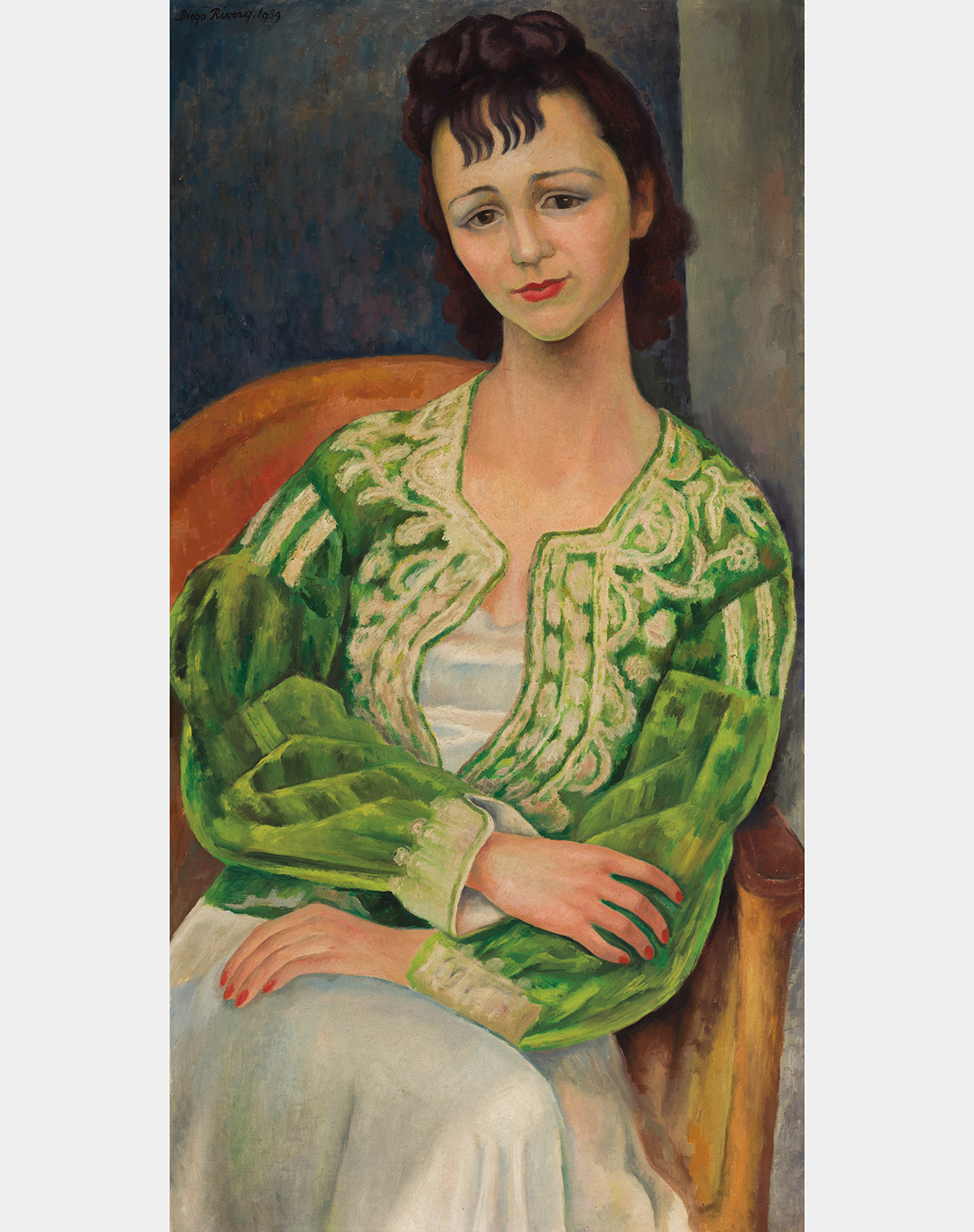
Miss Mary Joy Johnson, Diego Rivera (Mexican, 1886–1957), 1939, oil on canvas, Gift of the children and grandchildren of Dr. and Mrs. J. Louis Ransohoff. © 2016 Banco de México Diego Rivera Frida Kahlo Museums Trust, Mexico, D.F. / Artists Rights Society (ARS), New York, 1977.210
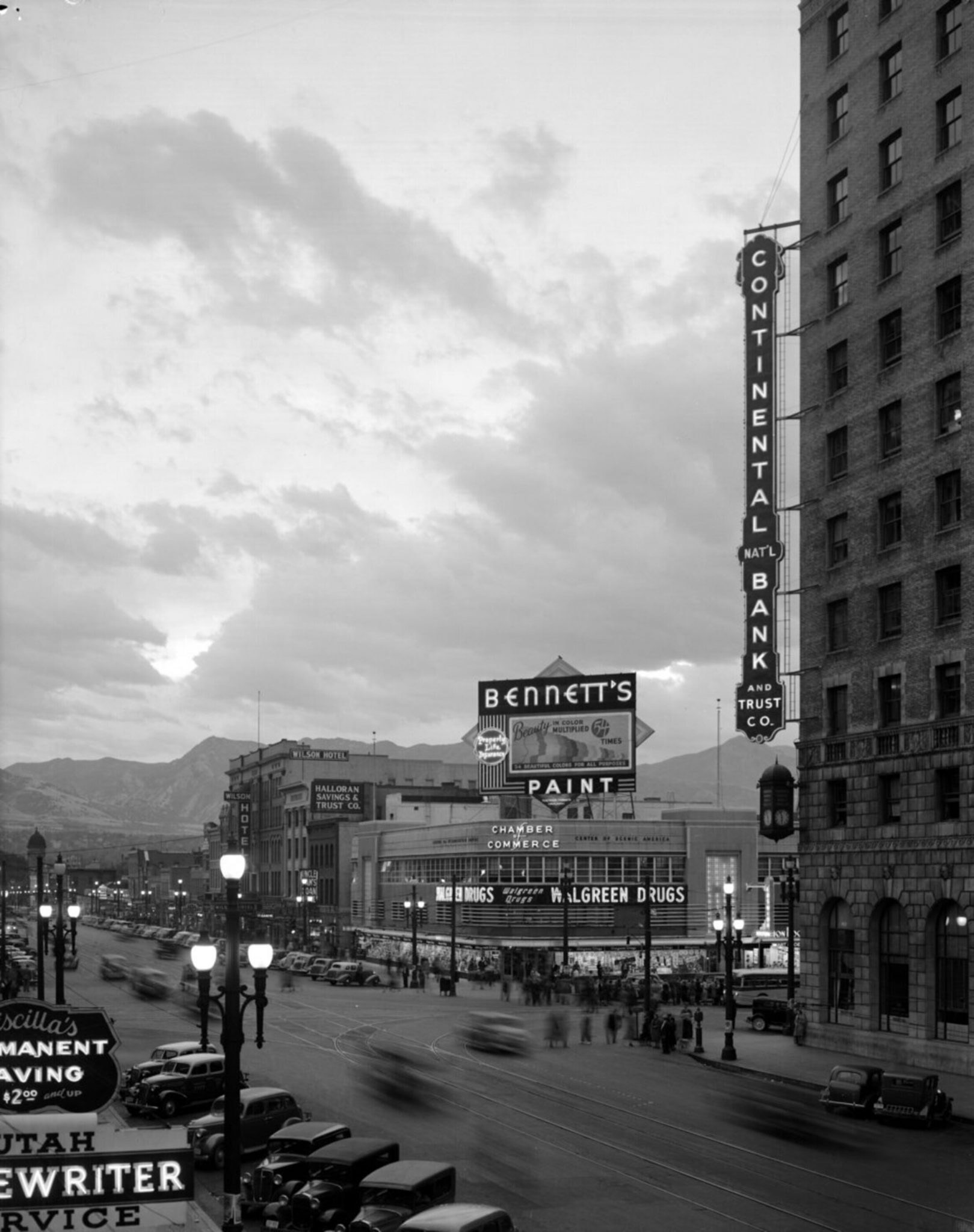
Used by permission, Utah Historical Society.
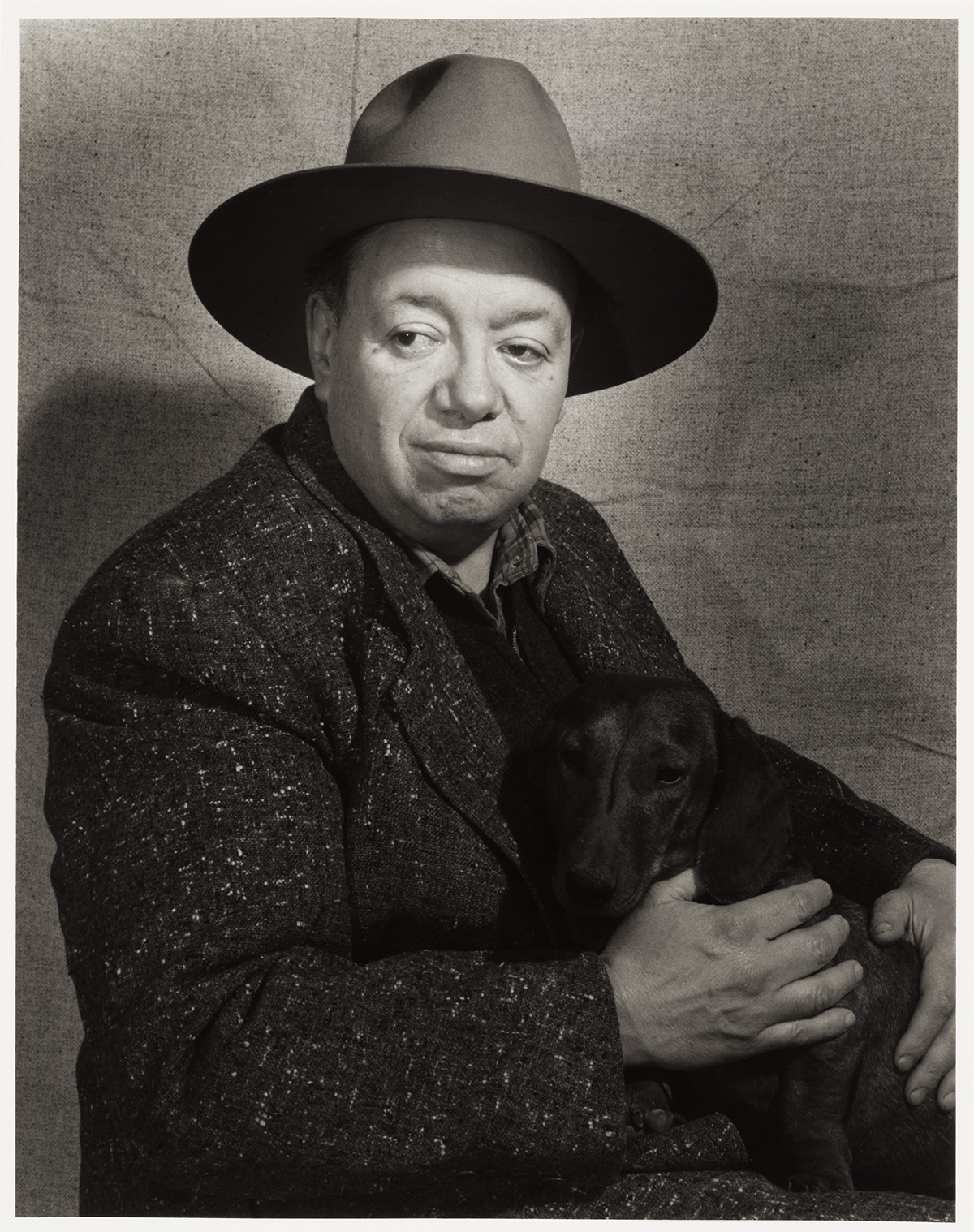
Bernard Silberstein (American,1905–1999) Diego Rivera and His Favorite Dog (1940; printed 1984) gelatin silver print, Museum Purchase, © Edward B. Silberstein, 1986.578
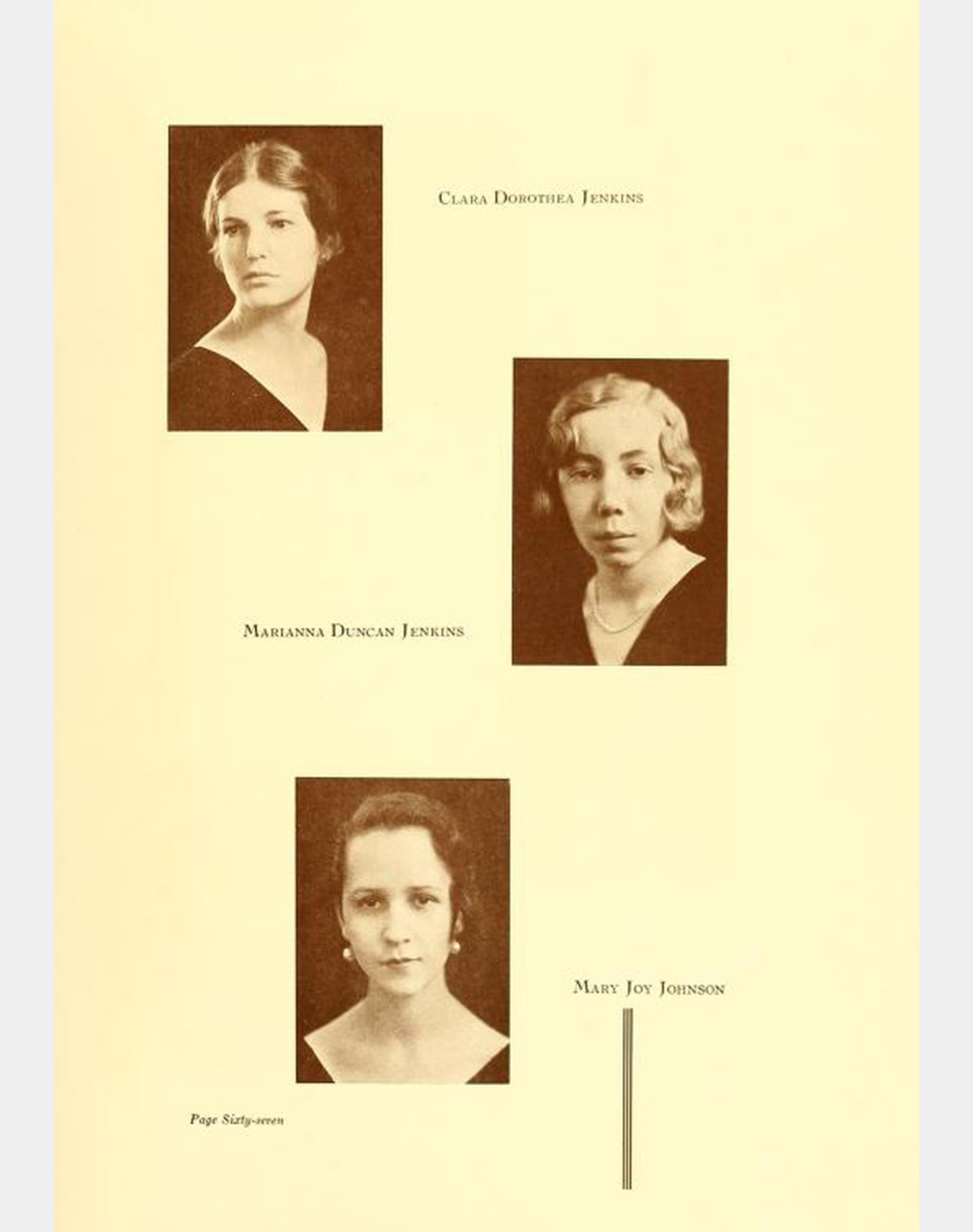
Courtesy Bryn Mawr College, Library & Information Technology Services
Related Blog Posts
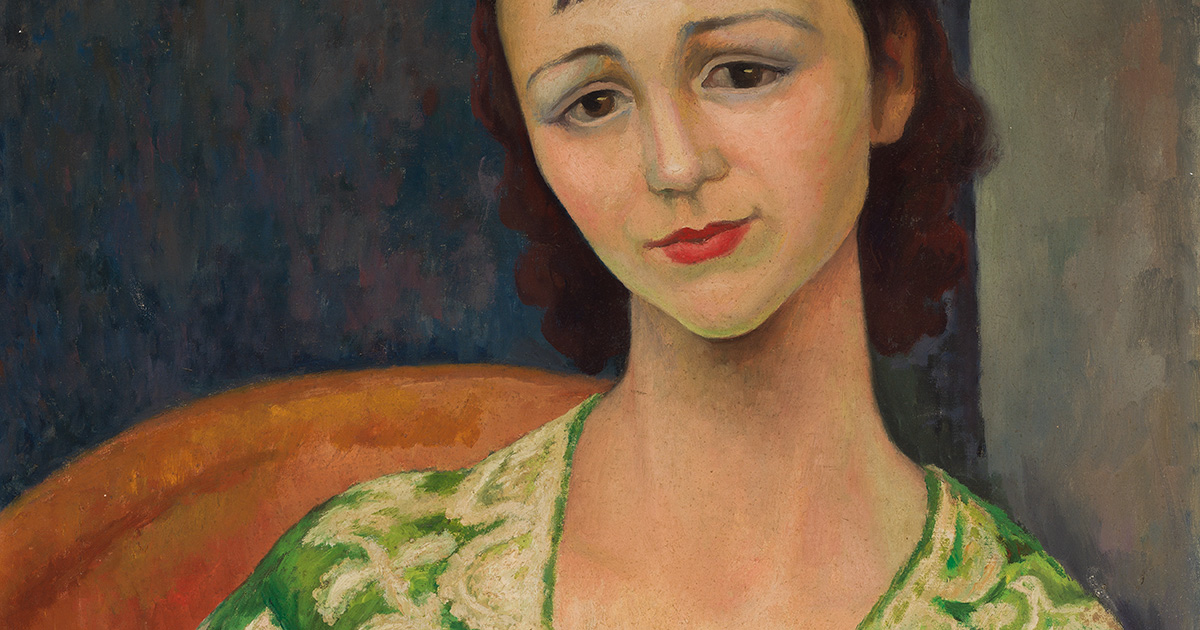
Cincinnati, OH 45202
Toll Free: 1 (877) 472-4226
Museum Hours
Museum Shop
Terrace Café
Library
Cincinnati Art Museum is supported by the tens of thousands of people who give generously to the annual ArtsWave Campaign, the region's primary source for arts funding.

Free general admission to the Cincinnati Art Museum is made possible by a gift from the Rosenthal Family Foundation. Exhibition pricing may vary. Parking at the Cincinnati Art Museum is free.
Generous support for our extended Thursday hours is provided by Art Bridges Foundation’s Access for All program.

General operating support provided by:



